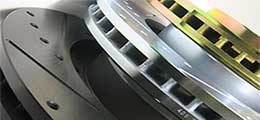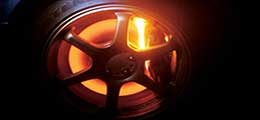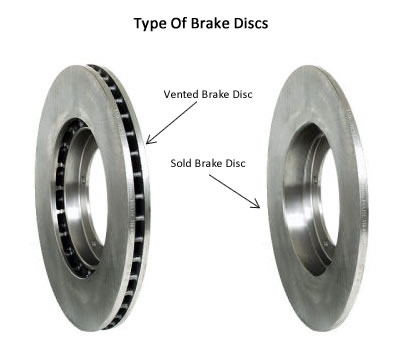Installing a set of performance brake rotors can be straightforward if you understand the basics. Here’s a step-by-step guide to help you get it right, especially if you’re working with our high-quality, direct-fit aftermarket performance brake rotors, machined to-order right here in California.
Understanding Brake Rotor Types
Straight Vane Rotors: Most stock brake rotors have a straight vane design. These are cost-effective and adequate for non-aggressive driving styles. The orientation doesn’t matter when installing these rotors.
Curved Vane Rotors: These are typically directional and must be installed on the correct side of the vehicle. They use centrifugal force to create a vacuum that pulls air through the rotor, cooling it more effectively. Installing them incorrectly will negate their ...
Read More







